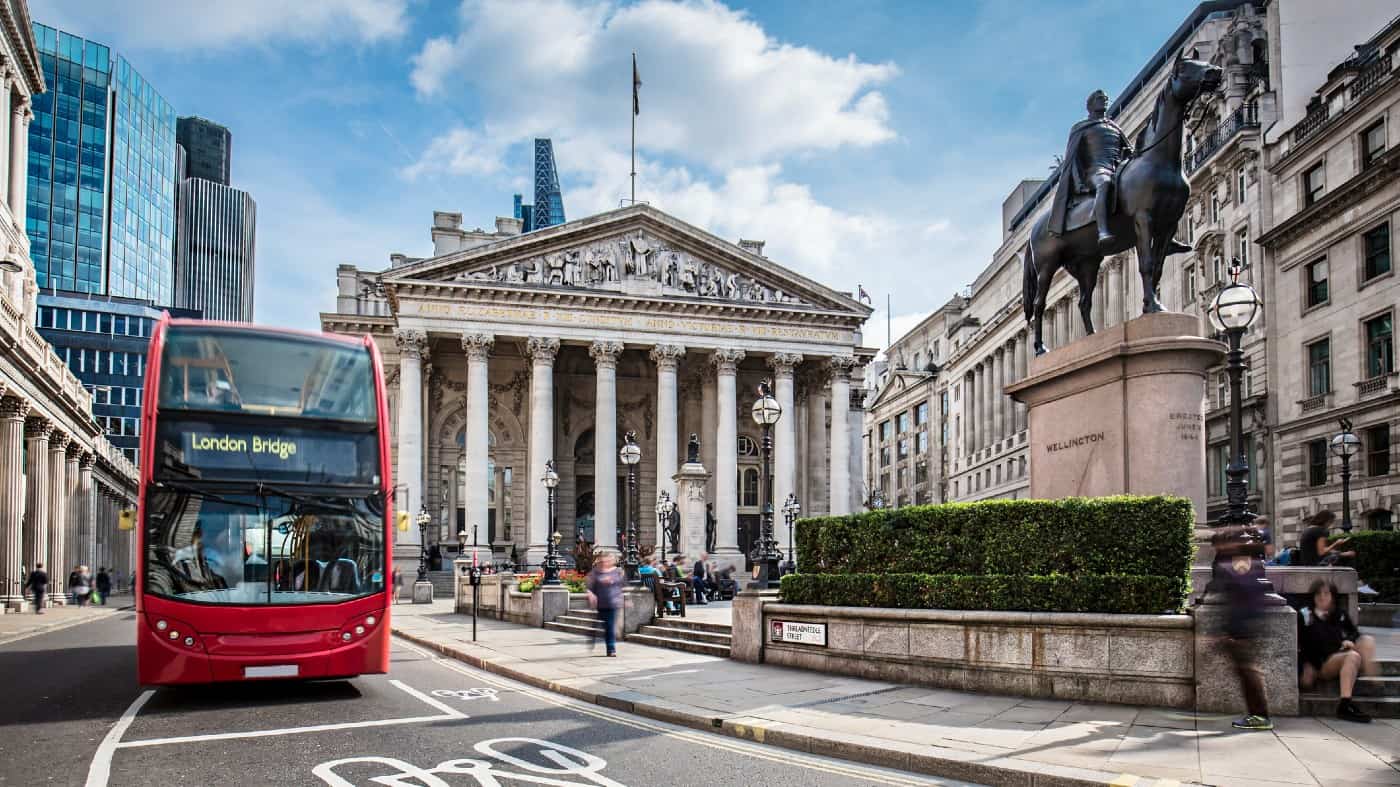Image source: Getty Images
An ISA can be a good way to generate some passive income in the short term, by investing in dividend shares. There is no shortage of options on the London market at the moment that offer the potential for juicy earnings.
But as an investor who believes in a long-term approach to investing, I also think an ISA can be helpful when it comes to planning for retirement.
To keep things simple, let’s say I currently have a £20k Stocks and Shares ISA and plan to retire in 30 years.
Over £10,000 a year, every year – for doing nothing
Imagine I compound that at a rate of 7% annually over 30 years. That is well above the average yield for FTSE 100 shares, but I think it is achievable in the current market.
That alone would mean that, three decades from now, I would have a portfolio worth a little over £162k. At a yield of 7%, that ought to earn me £11,363 in passive income. If I simply take the dividends at that point and do not touch the capital, I could hopefully earn that amount every year.
I say “hopefully” because dividends are never guaranteed. I may suffer a cut from some shares I own, meaning I earn less. But the opposite is also true. I may earn more each year, if shares I own such as Diageo continue their decades-long habit of annually increasing their dividends per share.
Setting a strategy for a five-figure annual passive income
So, how am I going about this?
The reality sounds, perhaps, disappointingly unglamorous.
I aim to find companies that offer unique solutions in large, enduring markets. I look for firms generating far more cash than they need to keep their business ticking over. I also consider the share price and what it means for valuation, as smart investors do not overpay even for excellent businesses.
By building a diversified portfolio in my ISA of such shares (diversification matters because even great businesses can disappoint), I aim to build growing passive income streams over time.
Putting the theory into practice
So much for the concept. What about the reality?
Let me illustrate by discussing one FTSE 100 share I own, Legal & General.
Yes, it has a stellar yield well in excess of my 7% example (which, in fairness, is close to double the average FTSE 100 yield at the moment). Currently, it stands at 9.4%.
And yes, although it plans to reduce the level of annual growth in dividend per share, the company is still targeting an increase each year.
In fact, that has happened every year bar one since the financial crisis. At that point, the payout was cut. I see a risk of that happening again if the economy suddenly enters a very turbulent period, if policyholders take more money out than they put in.
But remember – my approach to investing is based on the long-term outlook.
I expect Legal & General to encounter turbulence from time to time, as befits a company that is almost 190 years old. But I am also hopeful that it will continue to merit a place in my ISA thanks to its ongoing passive income potential.
Credit: Source link














